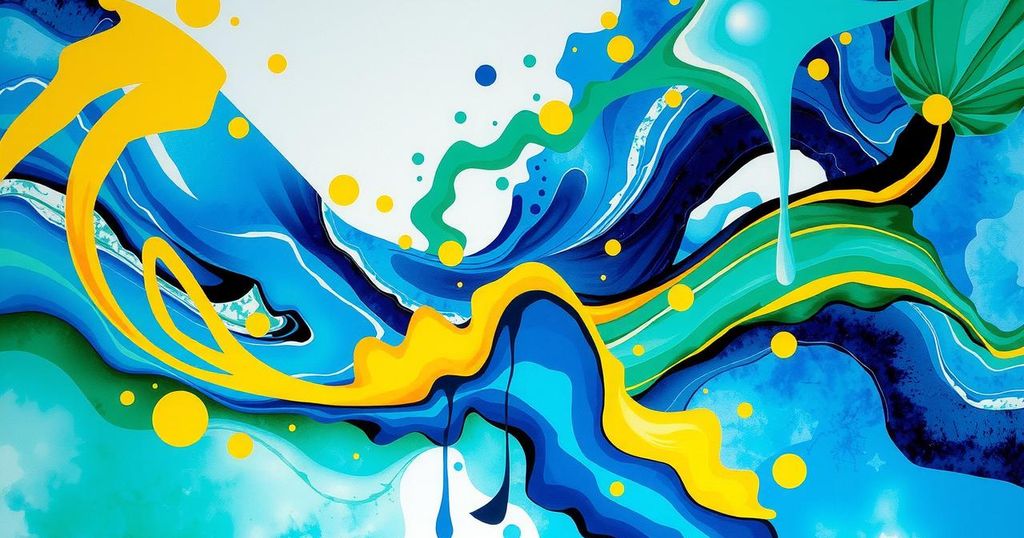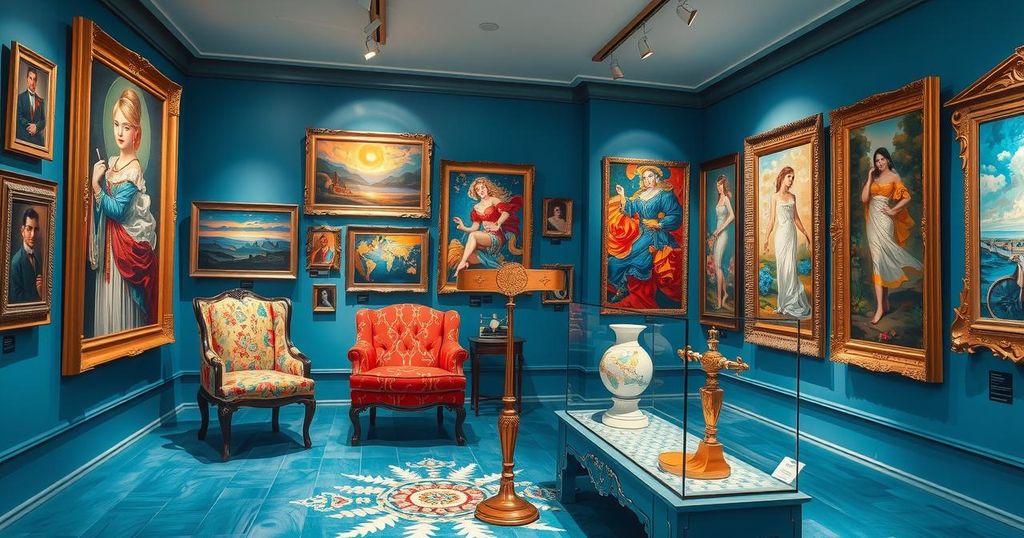arts
AMERICA, ART, EUROPE, FEITELSON, FRANCE, GEORGE DONDERO, HISTORY, INTERVIEW, JACKSON POLLOCK, JOSEPH MCCARTHY, LIFE, LO, LORSER FEITELSON, MARCEL DUCHAMP, MEDIA CRITICISM, MICHIGAN, PARIS, SOCIAL MEDIA, SOCIETY, SOUTHERN CALIFORNIA, STATE DEPARTMENT, U. S. STATE DEPARTMENT
Joshua Smith
0 Comments
How Lorser Feitelson’s TV Show Revolutionized Art Appreciation
Lorser Feitelson’s pioneering television show, “Feitelson on Art,” aired from 1956 to 1963, helping to bridge the gap between abstract art and the general public during a tumultuous era in America. As a knowledgeable and personable host, Feitelson explored modern art’s complexities, establishing art as a shared experience for diverse audiences while navigating the cultural tensions of his time.
In the mid-20th century, a charismatic painter named Lorser Feitelson began a groundbreaking journey into the realm of art education through television. His program, “Feitelson on Art,” first aired in 1956, capturing audiences nationwide. During a time when modern art was contentious, Feitelson acted as a bridge between unfamiliar avant-garde movements and the American public, using a medium that would eventually dominate culture: the television screen. Influenced by high societal tensions, Feitelson’s show emerged amidst a cultural landscape filled with suspicion and ideological strife, yet it sought to illuminate art’s universal value. Feitelson’s background as a gregarious artist and teacher enriched his commentary, affirming that art could enhance lives and foster understanding, even as it was sometimes met with skepticism.
The 1950s in America were riddled with political tension, particularly with the rise of McCarthyism and fears surrounding communism. Artists, particularly abstract expressionists like Jackson Pollock and others, faced scrutiny as their work was often misconstrued as a threat to traditional values. Against this backdrop, Feitelson’s television show marked a pioneering moment in art history, blending education with entertainment in a world that was changing rapidly due to technology and media. Feitelson himself was steeped in this change, having been influenced by both European art movements and his experiences as an artist and educator in the U.S.
Lorser Feitelson’s contributions to art education through his television program resonate profoundly even today, illustrating the importance of accessible discourse about art. As society grapples with art’s ever-evolving nature and its role in culture, Feitelson’s legacy as a bridge-builder between avant-garde art and mainstream audiences continues to inspire. His unique approach helped democratize art, making it more relatable to the everyday viewer and reinforcing the notion that art is a vital part of our human experience. Ultimately, “Feitelson on Art” was not just a series of broadcasts; it was a pioneering effort to bring art history into American homes, fostering a renewed appreciation for creativity in a time of social upheaval.
Original Source: www.nytimes.com




Post Comment